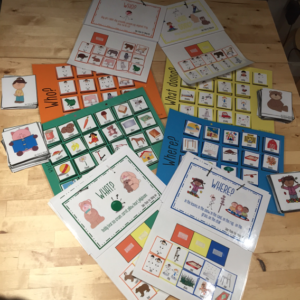 |
| Get my Colourful Semantics starter pack! |
Colourful Semantics is a therapy approach created by Alison Bryan, a Speech-Language Therapist in the UK. It is simple, easy to use, and it can be used for targeting tons of different language targets! It is used widely throughout the UK and after spending a training day with Alison Bryan, I could not believe that I had never heard of it before. I was hooked!
If you ever get a chance, I would highly recommend going to one of Alison Bryan's training days! She is full of knowledge and practical ideas about how to use Colourful Semantics in a plethora of different language contexts.
What is Colourful Semantics?
The name says it all! Colourful Semantics helps children to understand how the meanings of words are linked in sentences by giving a colour code to each semantic category/word type.
More specifically, each question word is designated a colour (or sometimes shape). Below is the coding system that Alison uses.
How? - Trisha ate her cake with a spoon.
What like? (these are adjectives and Alison calls them 'cloud words.' Rather than a colour, we draw a cloud around these words. - This morning, Jay gave Trisha chocolate cake. - 'chocolate' is our cloud word here.
'Little verbs' (these are words such as 'is,' 'was,' 'has,' and 'had.' Rather than a colour, we draw a diamond around the word) - Trisha was happy - 'was' is our diamond word here.
Why? A purple arrow is used around the word 'because' (purple is also used for other connective words such as 'and,' 'so,' 'then,' 'but,' etc.) - Jay gave Trisha chocolate cake because it is her favourite.
What can Colourful Semantics be used for?
Colourful Semantics can be used for:
- Helping children answer questions
- Encouraging correct word order
- Encouraging a wider vocabulary
- Making sentences longer
- Developing the use of nouns, verbs, prepositions, and adjectives
- Improving story telling skills
- Can be transferred to written sentences and written language comprehension
- Can be carried out individually or in small groups
- Can be carried out by teachers and teaching assistants with the support of a speech and language therapist.
How to use Colourful Semantics
Each time a semantic category is introduced to a child, you need to establish the link between the colour and that category.
- Sign the question word and ask the question:
- e.g. 'Who (+ sign) is it?
- e.g. 'What is he doing?' (+sign for doing)
- Establish the link
- 'Yes that is what he is doing (+sign). The doing (+sign) words are yellow.
Once the child has learned the link, you can use the colour as a visual reminder throughout activities for generalisation. For example, while reading a book, you may ask 'What is the Gruffalo doing?' while signing the word for 'doing' and pointing to a 'yellow' visual. These visuals will remind the child that the answer to the question is a 'doing' word and not a 'who' or 'what' word.
You can use Colourful Semantics to support the learning of correct word order by giving them a sentence strip such as the one below. This visual reminder will help the child to form S-V-O sentences!
This interactive book that I've made (included in the starter pack) is great practice for answering questions and forming complete sentences.
The child has to place the correct pictures on the sentence strip and then say the sentence: 'The rabbit is hugging a teddy.'
Eventually, the child will work up to even longer sentences, as you introduce different semantic categories!
This sentence strip can support a child to form a sentence such as 'The girl is eating a big sandwich in the kitchen.'
As well as supporting spoken language, this therapy approach also supports written language. You can draw lines of different colours in the child's notebook, or you can simply tape a sentence strip to their desk as a reminder of how to form a complete sentence.
There are so many other ways of using Colourful Semantics to target your language goals. Let your imagination run wild!
Get started with Colourful Semantics!
Getting started with Colourful Semantics is super easy! Really, all you need are coloured papers and pictures of different people doing different things in different places! It's finding those pictures that can be hard to do. Depending on your target, you need different types of pictures. For example, if you are working on 'who' questions, you may want to have various different people, all doing the same action. Or, at a higher level, you may want different people, all eating different things. OR you may need different people, doing different actions in different places!
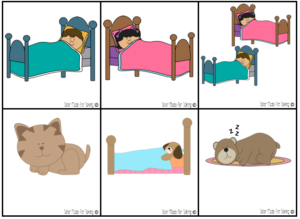 |
| boy/he, girl/she, kids/they, cat, dog, bear (all sleeping!) |
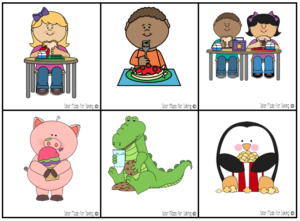 |
| girl/she, boy/he, kids/they, pig, dinosaur, penguin (all eating different things!) |
To save you some prep, I have created a 'Colourful Semantics starter pack.' Included in this colourful semantics starter pack are detailed instructions and materials for 'who' 'what doing' 'what' and 'where' questions and also 4 interactive books!
More specifically...
‘who?’ – subject – can be used for teaching person and animal vocabulary as well as pronouns
* 16 different 'who' symbols and 12 'who' scenes
* 'who'/people/animals: boy/he, girl/she, kids/they, frog, bear, dog, crocodile, pig, penguin, cat
* 'who' interactive book
‘what doing?’ – verb – can be used for teaching verb vocabulary as well as past tense and irregular past tense
* 17 different 'what doing'/verb symbols and 38 'what doing' scenes
* 'what doing'/verbs: sitting, standing, jumping, sliding, skipping, running, , skating, sleeping, & swinging
* 'what doing' interactive book
what? – object – can be used for teaching object vocabulary
* 23 different 'what'/object symbols and 35 'what' scenes
* 'what doing'/verbs: Painting, driving, hugging, kicking, playing, eating, reading, riding,
* 'what'/objects: sun, flower, egg, school, car, teddy, doll, pillow, ball, game, sandwich, spaghetti, ice cream, cookies, popcorn, carrot, fly, banana, book, bike, scooter, horse
* 'what' interactive book
where? – place – can be used for teaching place vocabulary including prepositions
* 18 different 'where'/place symbols and 24 'where' scenes
* 'what doing'/verbs: playing, sitting, standing
* 'where'/places: Under umbrella, in the leaves, in the sand, in the snow, on the monkey bars, under a tree, on the grass, on the rug, on the leaves, in the mud, on a see-saw, on a sled, on a lily pad, on a chair, at school, in the sea, at the beach, in the barn, at the circus
* 'where' interactive book
As you can see you gets TONS in this pack and for today only, you can get everything listed here for 50% off! Please visit my TpT store today and get your hands on this before it goes back up to full price!
Update: Please note that this sale is now over but the product is still available in my TpT store.
Bryan, A. (2003). Colourful Semantics: Thematic Role Therapy. Language Disorders in Children and Adults, 143-161.

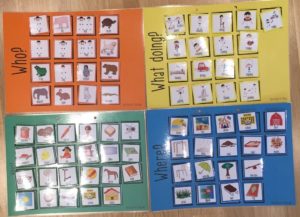
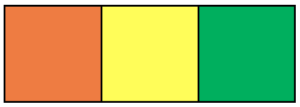
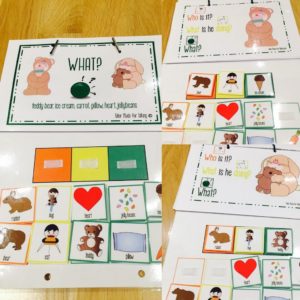

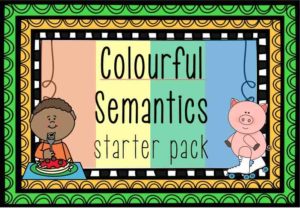
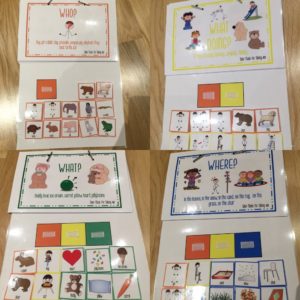
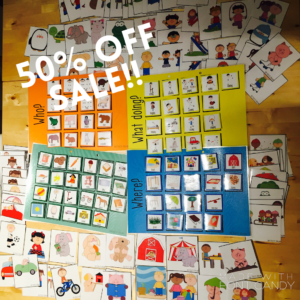
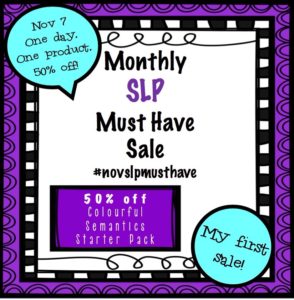
Best view in the town !